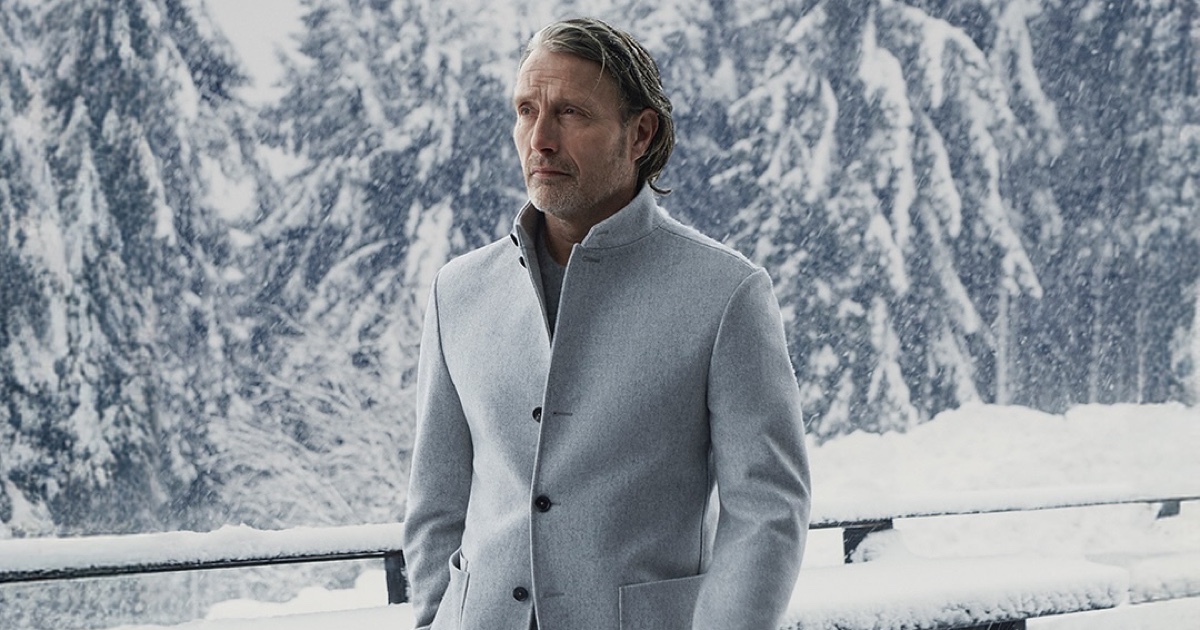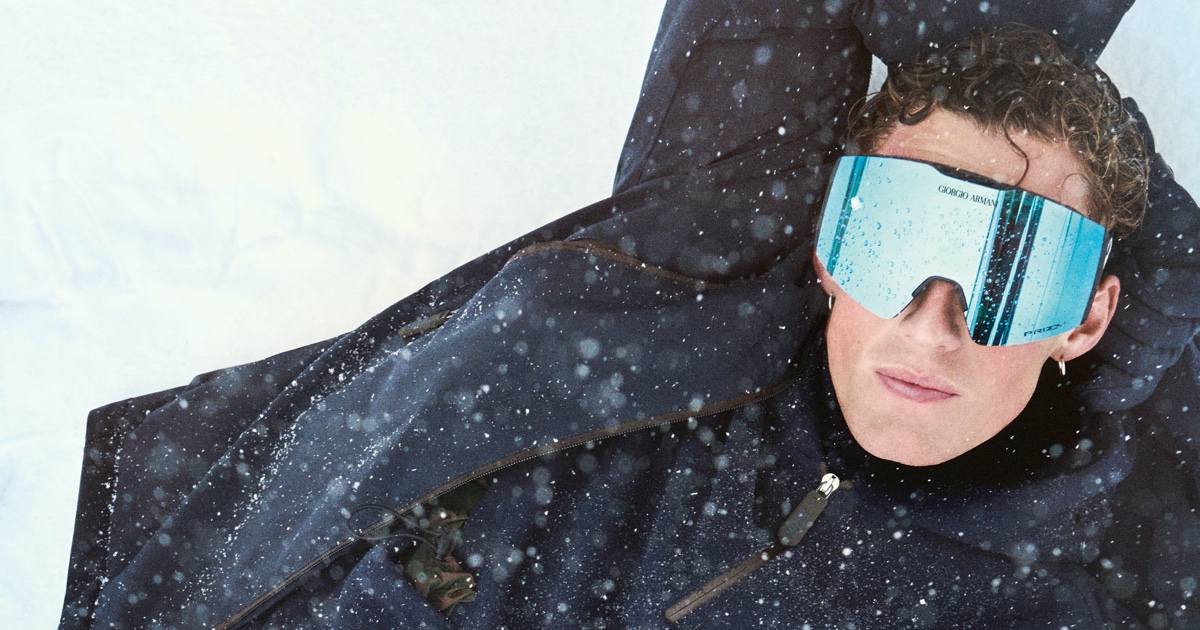
As temperatures dip, prioritizing warmth in dressing becomes essential, moving beyond pursuing trends and fashion statements to focusing on practicality and utility. This guide hones in on the essentials of cold-weather wear.
Discover the keys to effective layering, choosing fabrics and materials, and how to dress for cold weather with functionality and practicality in mind.
How to Dress for Cold Weather

Unfolding the secrets of cold-weather dressing, functionality meets finesse, and every piece of clothing reflects the art of staying warm. Whether braving a snowy commute or enjoying a brisk evening stroll, this guide promises to be your ally in dressing for the weather.
Mastering the Art of Layering for Cold Weather
In the quest to conquer the cold, layering is paramount. It’s more than just piling on clothing; it’s an artful approach to maintaining warmth while allowing for flexibility and breathability.
The Base Layer: Your Second Skin
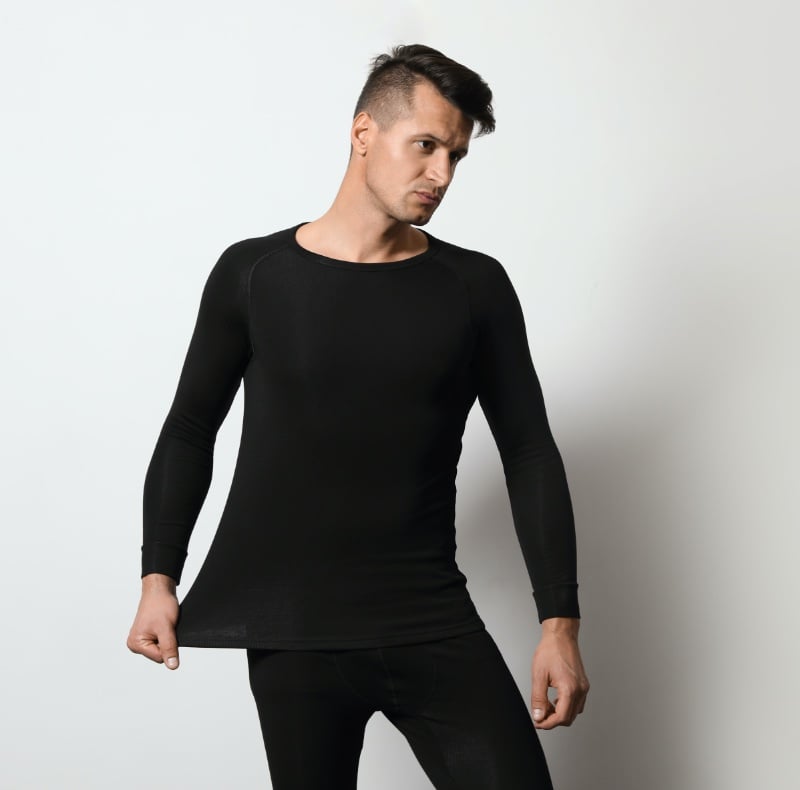
The base layer functions as your second skin, crucial for regulating body temperature and wicking away moisture. Ideal materials include merino wool or synthetic fibers, which keep you dry and warm while maintaining insulation even when wet.
Remember, a snug but non-restrictive fit is critical for effective moisture management and heat retention. In terms of clothing examples, your base layer can include:
- Long-Sleeve Base Layer Tops: Tight-fitting shirts from brands like Icebreaker or Under Armour.
- Base Layer Long Johns: Snug long johns made from materials like merino wool are offered by adidas, Columbia, and others.
- Short-Sleeve Base Layer Shirts: Suitable for milder conditions, available from Patagonia or Helly Hansen.
- Base Layer Underwear: Moisture-wicking briefs or boxers from ExOfficio or Saxx.
- Thermal Base Layer Sets: Coordinating top and bottom sets in fleece-lined fabrics or merino blends for complete coverage.
These base layer items are essential for maintaining warmth and comfort, setting the foundation for effective layering in cold weather.
The Mid-Layer: Insulating & Adaptable

The mid-layer acts as your main insulating component. This layer traps the warmth your body generates. Fleece, down, or synthetic insulated jackets are excellent choices, offering warmth without the bulk.
The key is to balance insulation and breathability—you want to be warm but not overheat, especially if transitioning between outdoor and indoor environments.
The Outer Layer: Your Shield Against the Elements
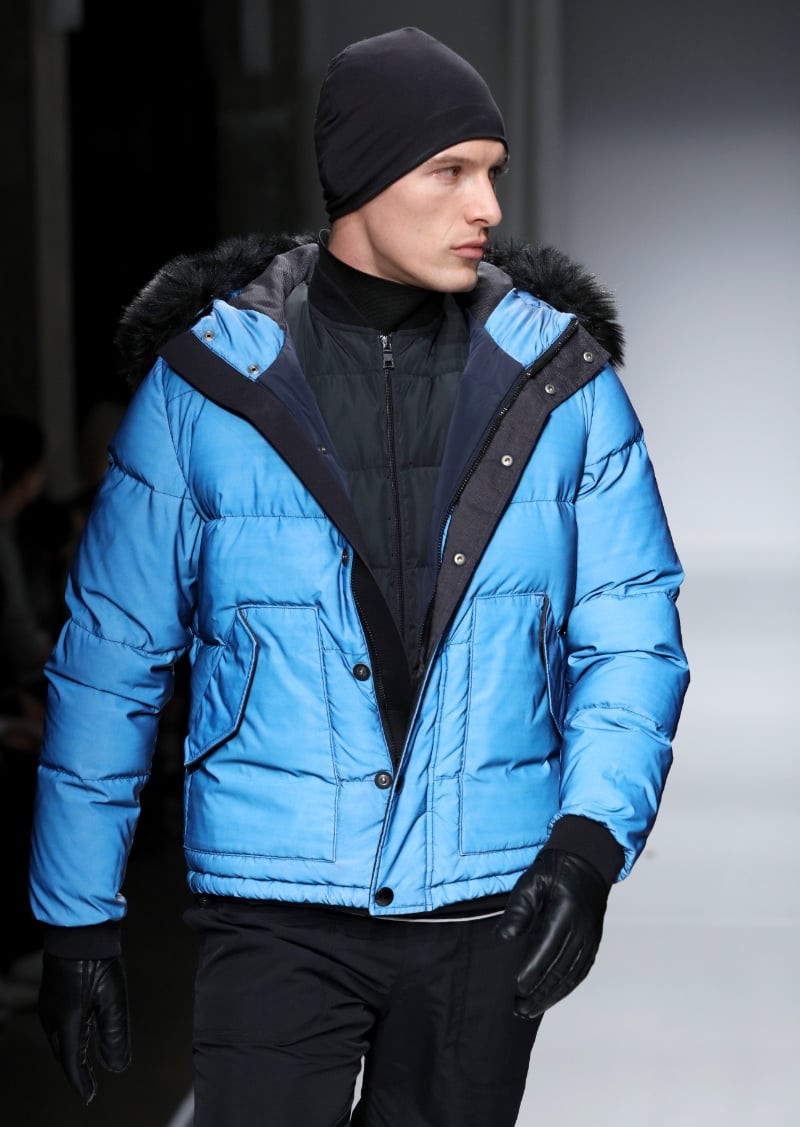
The final layer, or the outer layer, is your primary defense against the weather. Depending on the conditions, this layer should be windproof, waterproof, or water-resistant. A good quality shell or a heavier insulated coat serves this purpose.
Look for sealed seams and adjustable cuffs to prevent wind and moisture from penetrating. Remember, this layer should be roomy enough to accommodate the layers beneath comfortably but not too loose to let the cold air seep in.
Fine-Tuning Your Layering

- Adaptability: The beauty of layering lies in its adaptability. Conditions can change throughout the day, and so can your activity level. Be prepared to add or remove layers as needed.
- Material Choices: While warmth is crucial, consider the weight and bulk of your materials. Opt for lightweight, compressible fabrics that provide warmth without restricting movement.
- Fit and Proportion: Each layer should work in harmony, not just in function but in fit. Ensure each layer complements the other in size and cut, avoiding bunching or restriction.
By mastering the art of layering, you can confidently face the cold’s chill, knowing you’re prepared for whatever the day may bring. This approach keeps you warm and allows for a seamless transition between the biting cold outdoors and the warm indoors, maintaining comfort and style in any setting.
The Importance of Insulation
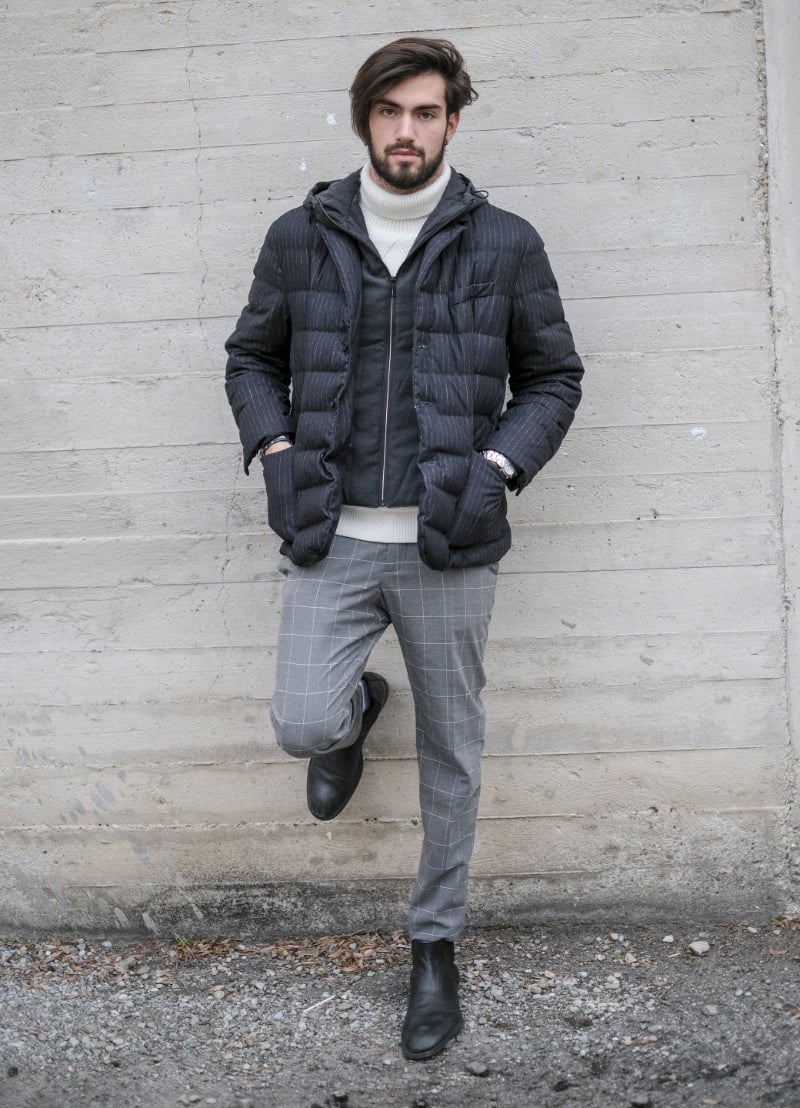
Insulation is the cornerstone of warmth in cold-weather attire, acting as a thermal barrier that traps body heat and buffers against the cold. The choice of insulation in your clothing can significantly affect how well you fare against the chill.
Understanding Insulation Materials
- Down Insulation: Down, typically from ducks or geese, is prized for its exceptional warmth-to-weight ratio. It’s incredibly lightweight, compressible, and offers unparalleled warmth. Ideal for icy, dry conditions, down’s effectiveness diminishes when wet. Look for a high fill power number—an indicator of quality and warmth.
- Synthetic Insulation: A more budget-friendly and resilient alternative to down, synthetic insulation performs better in damp conditions. Made from polyester fibers, it mimics the qualities of down but continues to insulate even when wet.
- Wool: Wool is a natural insulator that works well in damp and dry conditions. It regulates temperature effectively, ensuring warmth without overheating. Wool layers are beneficial for active scenarios where body temperature fluctuates.
Matching Insulation to Your Needs
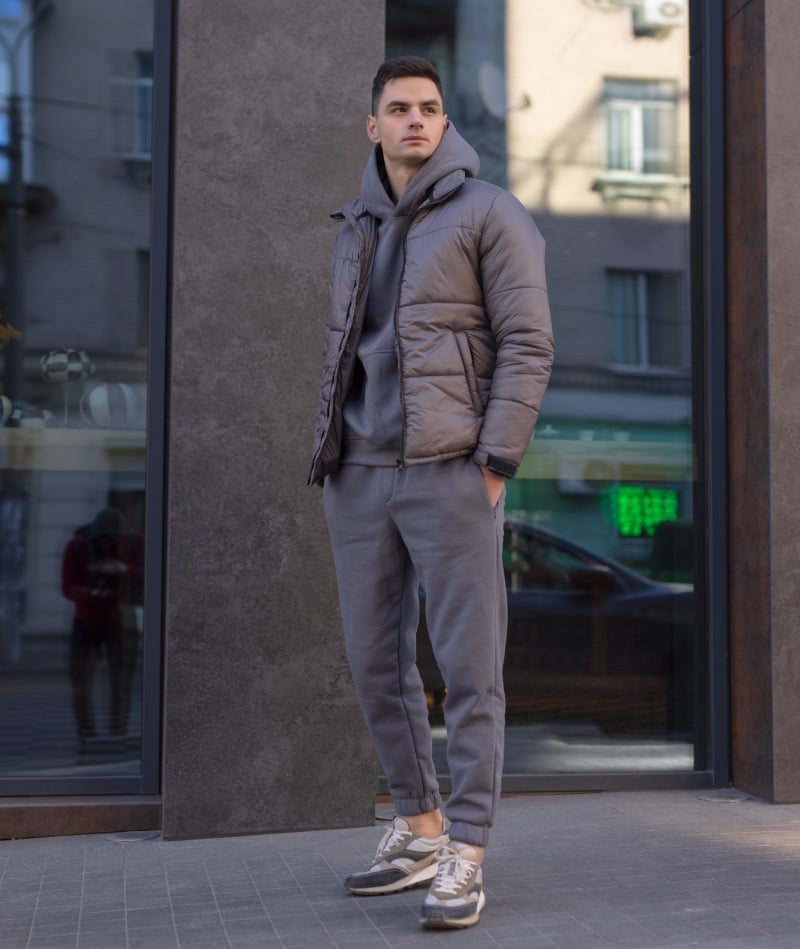
- Activity Level: Consider your activity level when choosing insulation. You might prefer lightweight and breathable synthetic insulation if you’re engaged in high-energy activities like hiking or skiing. For more static activities, down’s superior warmth might be more appropriate.
- Weather Conditions: Down is ideal for dry, bitter cold, but if you’re facing wet or variable conditions, synthetic insulation or wool can be a more practical choice.
- Layering Considerations: Remember that your insulated clothing should work with your other layers. A moisture-wicking base layer and a protective outer layer should complement an insulated mid-layer.
Care & Maintenance of Insulated Clothing
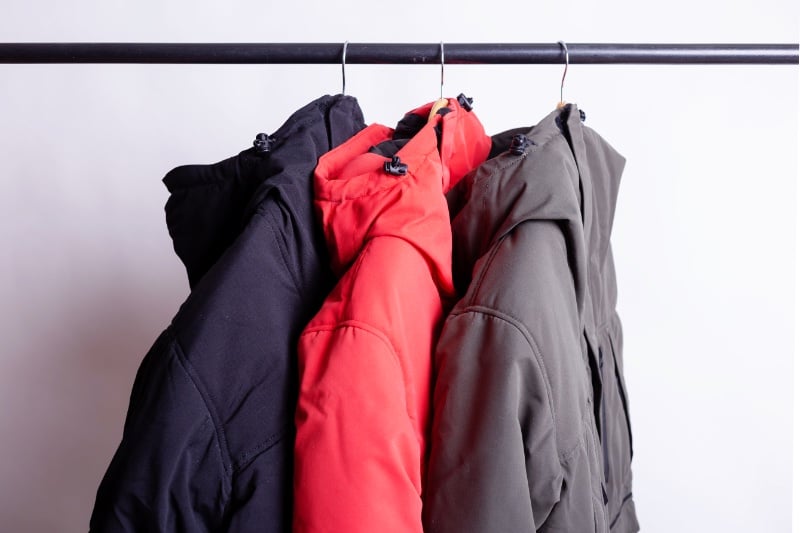
- Down Care: To maintain its loft and effectiveness, store down clothing uncompressed. Wash it using a down-specific detergent and dry it thoroughly to prevent clumping.
- Synthetic Care: Synthetic insulation is more forgiving and more accessible to care for. Regular washing with mild detergent is typically sufficient, but avoid fabric softeners that can degrade the fibers.
- Wool Care: Wool requires gentle care. Wash it in cold water with a wool-specific detergent and lay it flat to dry, avoiding direct heat sources.
Footwear & Foot Care in the Cold
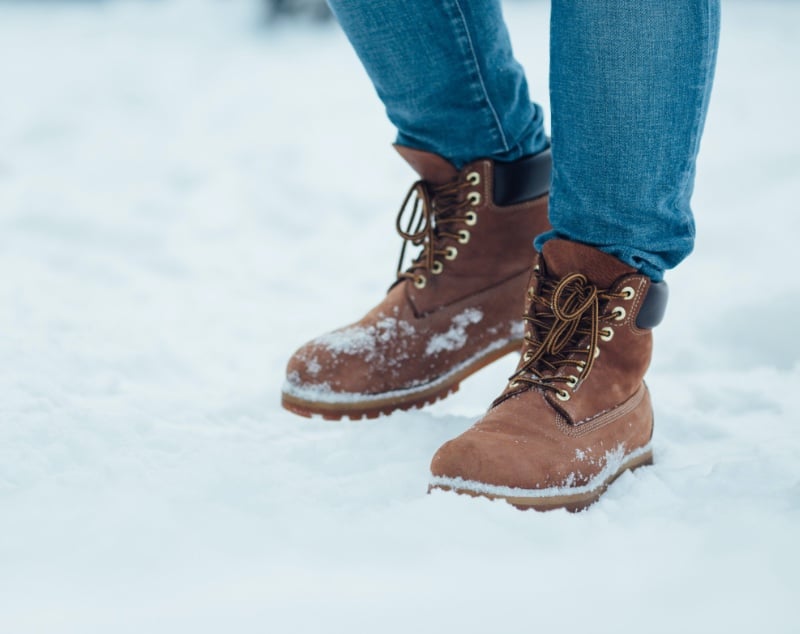
The significance of selecting the proper footwear cannot be overstated. Not only does it protect your feet from the elements, but it also forms a crucial part of your overall comfort.
Choosing the Right Cold-Weather Footwear
- Waterproof and Insulated Boots: Waterproof boots are essential for snowy or rainy conditions. Look for options with insulated linings to keep your feet warm. Materials like Gore-Tex offer both waterproofing and breathability.
- Sole Traction: The sole of your cold-weather footwear is just as important. A rugged, non-slip sole is vital for icy and slippery surfaces. It provides stability and reduces the risk of falls and injuries.
Layering for Your Feet
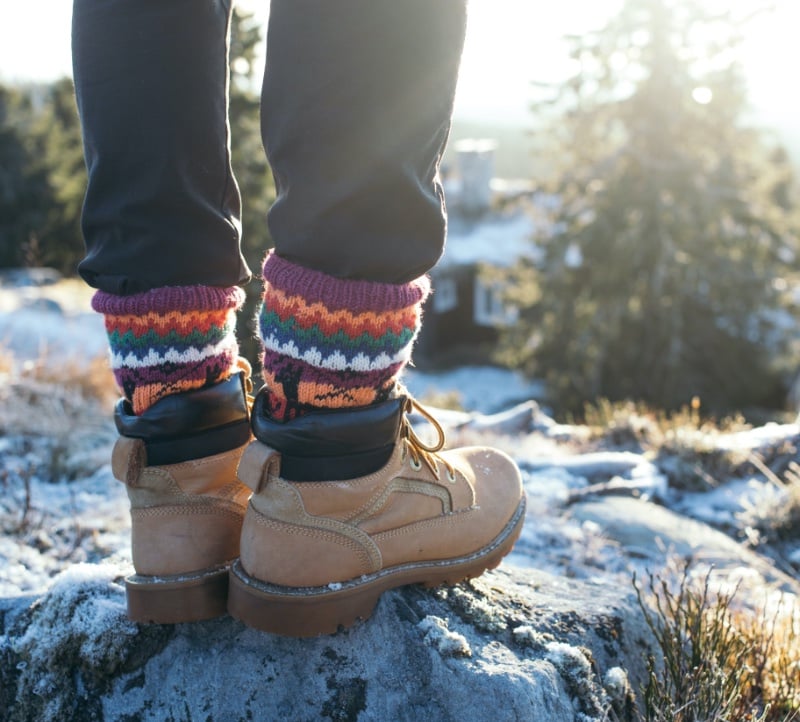
- Socks: The right pair of socks is vital in keeping your feet warm. Wool or wool-blend socks are excellent for insulation, even when damp. Consider thicker socks or layering a thin, moisture-wicking sock under a thicker wool sock for extreme cold.
- Thermal Insoles: For additional warmth, thermal insoles can be a game-changer. They add an extra layer of insulation between your feet and the ground, which is often the coldest part.
Foot Care in Cold Weather
- Moisturizing and Protection: Cold weather can be harsh on your feet, leading to dryness and cracking. Exploring products like those in the Kerasal Intensive Foot Repair Line is crucial. Regular moisturizing and using ointments, masks, or peels can keep the skin on your feet supple and prevent cracking.
- Keeping Feet Dry: Wet feet can lead to discomfort and health issues like frostbite in extreme cold. Ensure your footwear is always dry before use. If your feet get wet, change into dry socks immediately.
- Regular Checks: Pay attention to discomfort, blisters, or frostbite signs. In cold weather, these issues can escalate quickly if not addressed.
Essential Accessories for Cold Weather

While your clothing layers and footwear form the foundation of your cold-weather ensemble, accessories play a pivotal role in providing additional warmth.
Headwear: More Than Just a Style Statement
- Hats and Beanies: A significant amount of body heat is lost through the head, making hats or beanies an essential cold-weather accessory. Look for materials like wool or fleece that provide warmth while allowing your skin to breathe.
- Ear Muffs: For those who prefer not to wear hats, ear muffs are an excellent alternative. They protect your ears from the cold wind without compromising your hairstyle.
Hand Protection: Gloves & Mittens
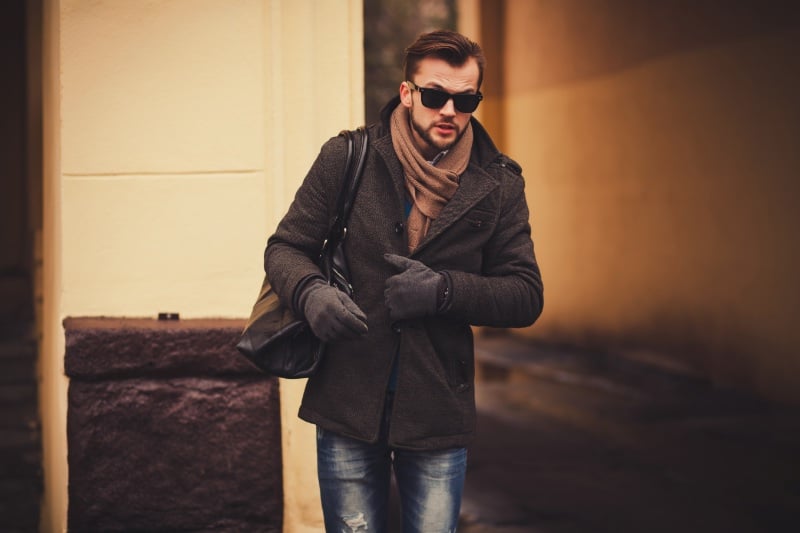
- Material and Insulation: Gloves should be chosen based on their insulating properties and material. Leather gloves with a wool or fleece lining offer a sophisticated look while providing warmth. For more extreme conditions, insulated and waterproof gloves are advisable.
- Touchscreen Compatibility: In our digital age, gloves that allow touchscreen use without removing them are convenient.
- Fit and Comfort: Ensure your gloves fit well. They should allow for dexterity without being too tight, as this can restrict blood flow, leading to colder hands.
Scarves: Versatile Warmth

- Material Choice: Scarves made from wool, cashmere, or fleece are excellent for retaining heat. They should be soft against the skin and free from itchiness.
- Wearing Techniques: There are various ways to wear a scarf, from a simple drape to a Parisian knot. Each style offers a different level of warmth.
The Role of Outerwear in Utility
Outerwear is the frontline defender in your cold-weather wardrobe arsenal. The most visible layer faces the brunt of the cold’s fury.
Selecting the Right Jacket or Coat

- Types of Outerwear: There’s a wide variety of cold-weather outerwear, each suitable for different conditions. Parkas are ideal for extreme cold with their insulated lining and longer length. For milder conditions, a wool overcoat or a waterproof shell might suffice.
- Insulation and Weatherproofing: Key features to look for include insulation (down or synthetic), waterproof or water-resistant capabilities, and windproof materials. These features are crucial for staying warm and dry.
- Hood or No Hood: Consider whether you want a hood for extra protection. A detachable hood adds versatility to the coat, offering protection when needed without compromising style.
Fit & Mobility

- Proper Fit: Your outerwear should fit nicely over your other layers without being too snug or bulky. It should allow for ease of movement, especially in the arms and shoulders.
- Length Considerations: The length of your coat should be appropriate for your activities. Longer coats offer more warmth but can restrict movement, while shorter jackets provide more mobility.
Maintenance & Care
- Regular Cleaning: Outerwear should be cleaned regularly to maintain its protective qualities. Follow the manufacturer’s instructions for washing and drying, as improper care can damage insulation and weatherproofing.
- Storage: Store your outerwear in a dry, cool place during off-seasons. Avoid compressing down jackets, as this can affect the loft of the down.
Staying Warm
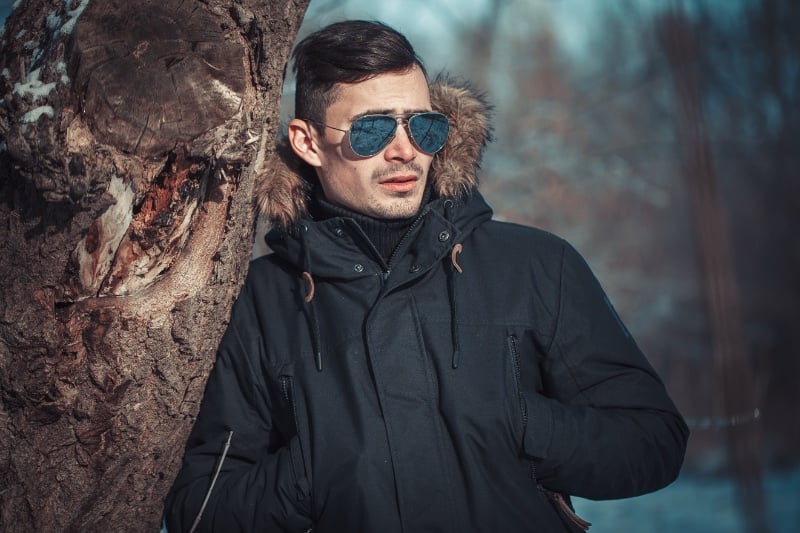
Mastering cold-weather dressing is about layering effectively, choosing suitable materials, and not neglecting the importance of accessories and footwear. Remember to start with a moisture-wicking base layer, add an insulating mid-layer, and top it off with a weather-resistant outer layer for optimal warmth.
Most importantly, pay attention to the details. The right pair of socks, gloves, and headwear can significantly enhance your comfort in cold weather. With these tips, you’re ready to face the chill confidently.

